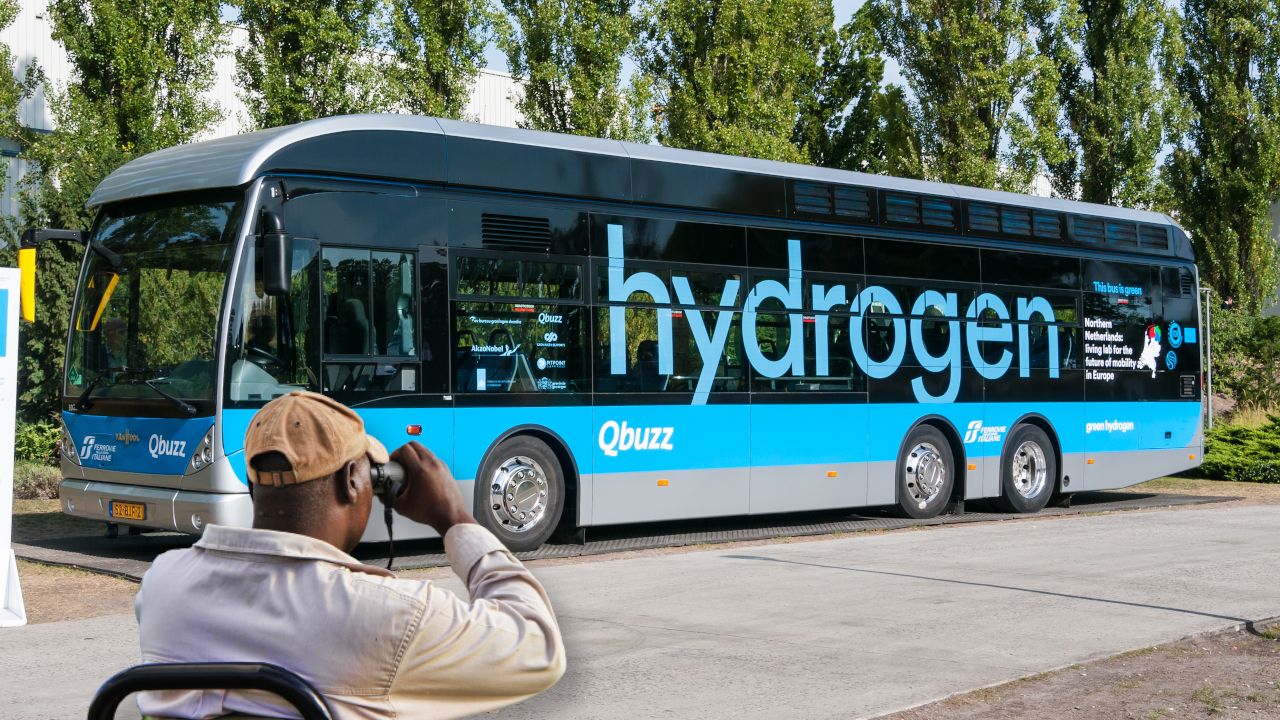
The promise of electric vehicles—a cleaner, quieter, and ultimately more sustainable mode of transport—has captivated the world. With EV sales topping 1 million in 2023, the revolution is undeniably underway, fueled by a collective desire to decrease carbon emissions and embrace technological advancement. Yet, beneath the surging enthusiasm, a significant and often overlooked obstacle threatens to slow this progress: the surprisingly fragile state of America’s charging infrastructure.
While the common narrative often points to “range anxiety” as the primary concern for potential EV buyers, groundbreaking research reveals a far more pervasive and critical issue. Drivers are less worried about their battery maintaining enough charge to reach a destination and more troubled by a phenomenon dubbed “charge anxiety”—a palpable fear about actually keeping their EV powered and moving. This deep frustration, stemming from unreliability, erratic pricing, and a stark lack of convenient charging locations, is proving to be a formidable barrier to mainstream EV adoption.
This in-depth analysis, drawing heavily from a first-ever examination of over 1 million charging station reviews by EV drivers across continents, offers a candid look into the real-world experiences shaping the future of electric mobility. Led by Harvard Business School scholar Omar Asensio, this data-driven study provides an unfiltered window into the systemic challenges that policymakers, entrepreneurs, and automakers must confront head-on if the electric vehicle revolution is to truly fulfill its transformative potential.
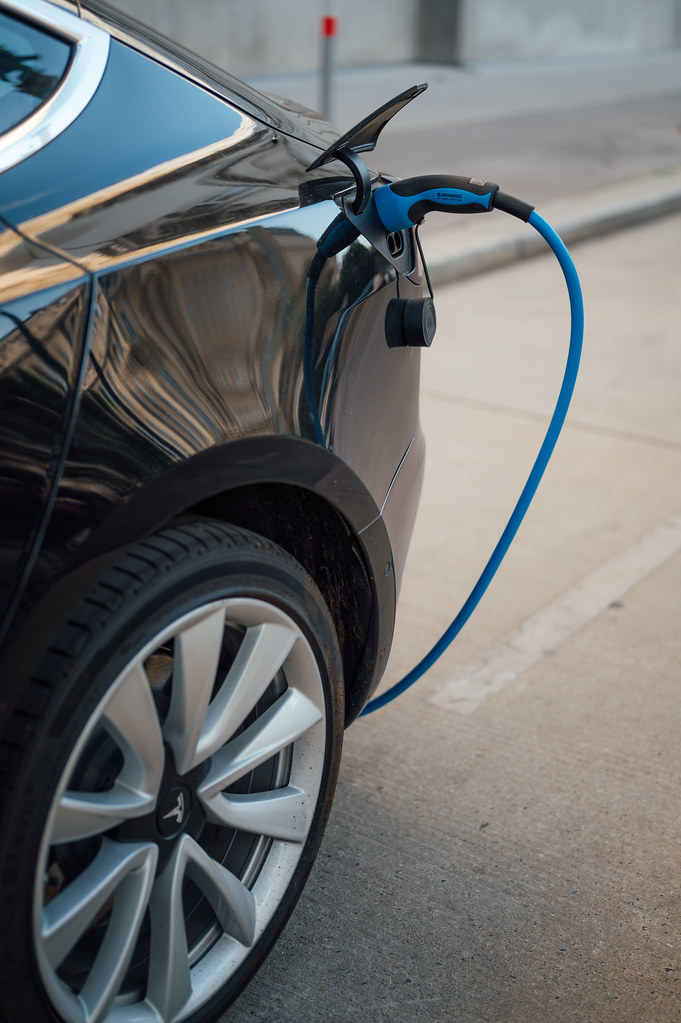
1. **Unreliable Charging Stations: The 78% Problem**
One of the most startling revelations from Omar Asensio’s research is the dismal reliability of public EV charging stations across the U.S. Customised artificial intelligence models, trained on a decade’s worth of EV review data, unveiled that these stations boast an average reliability score of only 78%. This means that, on any given day, approximately one in five public chargers simply do not work.
This figure presents a stark contrast to the experience at traditional gas stations. As Asensio pointed out, “Imagine if you go to a traditional gas station and two out of 10 times the pumps are out of order. Consumers would revolt.” Such unreliability not only creates significant inconvenience and frustration for drivers but also fundamentally undermines confidence in the EV ecosystem. It forces drivers to constantly anticipate potential failures, adding an unnecessary layer of stress to every journey.
The core issue, Asensio suggests, is a fundamental lack of maintenance. He noted, “No one’s maintaining these stations.” While the initial installation of charging infrastructure has seen significant investment, the ongoing upkeep required to ensure functionality has evidently lagged. This gap in maintenance leads directly to broken equipment and a less-than-ideal customer experience, effectively making charging far less straightforward than the familiar process of topping off a tank of gas.
However, entrepreneurial solutions are beginning to emerge to address this critical problem. The context highlights companies like ChargerHelp!, a Los Angeles-based technology startup that trains individuals to operate and maintain public charging stations. Such initiatives are crucial steps towards improving quality control nationwide, but until these efforts become widespread and standardized, EV drivers will unfortunately continue to encounter operational problems that hinder their daily routines and chip away at the promise of electric mobility.

2. **”Wild West” Pricing and the Transparency Vacuum**
Beyond the frustration of unreliable equipment, EV drivers are consistently vexed by the opaque and unpredictable pricing models they encounter at public charging stations. Asensio’s research vividly describes the situation as akin to the “Wild West,” characterized by a complete absence of regulation and transparency. Drivers are left in the dark, often arriving at stations with no clear information on what they should expect to pay or how to compare costs effectively.
This pricing conundrum stems from a complex mix of factors. Public charging stations are owned and operated by a diverse array of providers, each following different pricing models. Costs can fluctuate substantially based on the facility, the level of demand, the time of day, and even the type of charger available. A fast charger, capable of topping off a battery in 45 minutes, might have a completely different price structure than a traditional charger that takes three to five hours. Prices can also shift hourly, reflecting real-time market conditions.
Unlike gasoline stations, which prominently display fuel prices on large lighted signs, EV charging stations rarely advertise their costs upfront. This lack of visible pricing means drivers often have to navigate multiple smartphone apps—sometimes as many as five—just to gather enough information to make an informed decision. The context quotes one exasperated reviewer, “$21.65 to charge!!!!!!! Holy moly!!!! Don’t come here unless you are desperate!!” Such sentiments underscore the widespread irritation caused by this non-transparent system, leaving drivers feeling that they are not getting fair value for their money.
The fundamental reason for this opacity, as research conducted by Asensio and his colleagues in 2021 found, is a lack of incentive for charging station hosts to share data. These hosts are typically privately owned, highly decentralized, and not subject to robust monitoring or regulation. In the absence of such incentives, data remains private, preventing researchers and journalists from investigating trends and creating a stark contrast to the continuous reporting on fluctuating gas prices. This transparency vacuum not only frustrates consumers but also hinders the development of a competitive and equitable charging market.
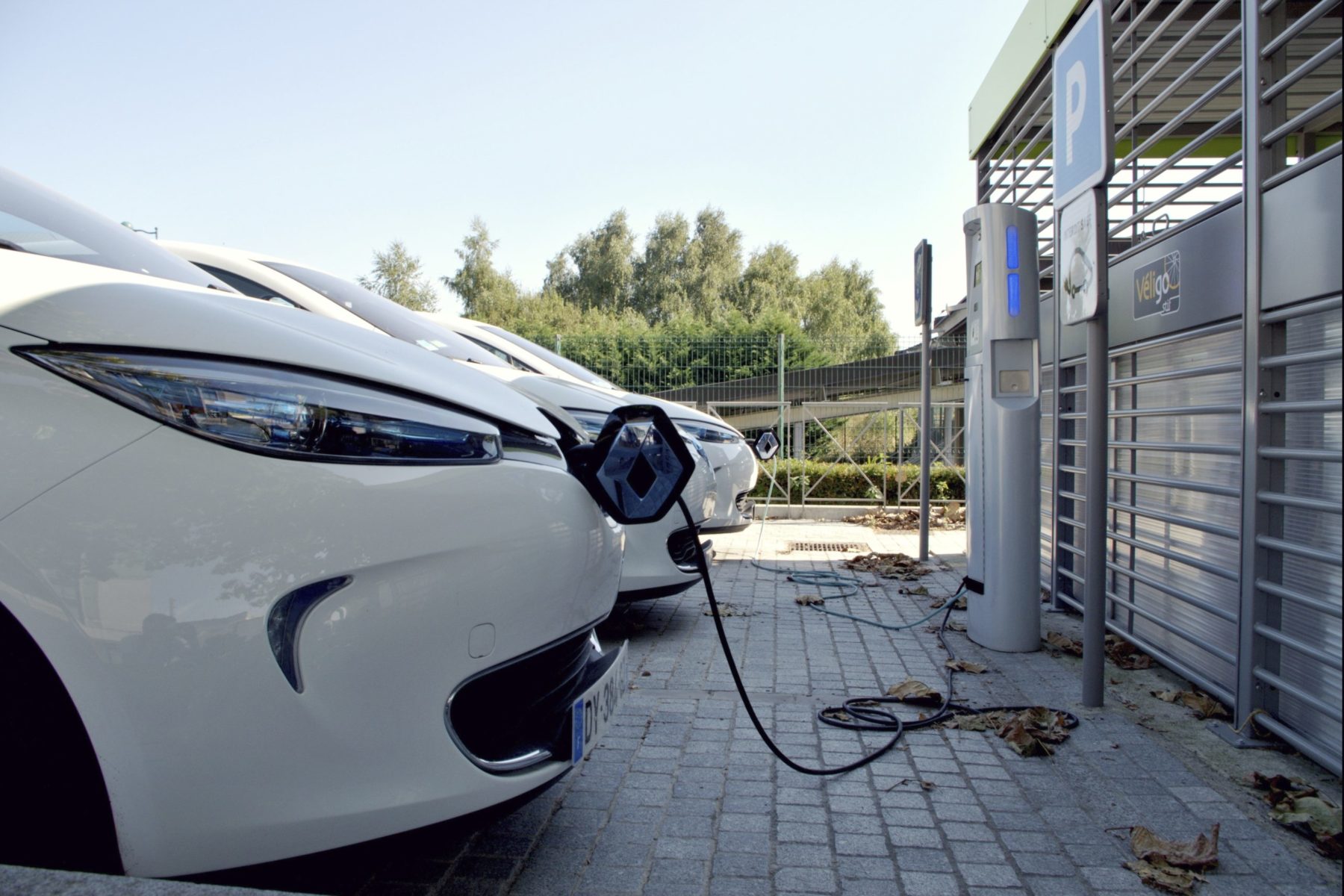
3. **The Scarcity of Charging Locations: The Rise of “Charging Deserts”**.
Despite the increasing number of electric vehicles on the road, the geographical distribution of public charging stations remains critically uneven, leading to the emergence of what Asensio’s research terms “charging deserts.” These are entire regions where public charging infrastructure is either nonexistent or woefully insufficient, posing a significant hurdle to widespread EV adoption, particularly in areas outside major metropolitan centers.
The imbalance in distribution is stark: public charging stations are heavily concentrated in large population centers and wealthier communities, while rural areas and smaller cities are significantly underserved. This creates vastly disparate experiences for EV drivers, who may find themselves well-catered to in some regions and completely stranded in others. Even as federal governments commit billions to expand charging networks, often along major transportation corridors, many communities are being left behind.
The context provides compelling examples of these charging deserts. Washington state, for instance, ranked fourth in EV registrations and sixth in public charging stations in 2023. Yet, Ferry County, a rural area outside Spokane with approximately 7,500 residents and an average commute of 25 minutes, had only a single charging station for several years, and now has none at all. Similarly, Wise County in Virginia, with about 3,500 residents and a 22-minute average commute, has no public charging stations available, despite the state ranking 11th in EV registrations.
These examples highlight a classic “chicken and egg” dilemma: should car adoption lead to charging infrastructure, or vice versa? The reality, however, is that a lack of public charging facilities in areas like Ferry and Wise Counties makes electric vehicle adoption exceedingly difficult, if not impossible, for residents. This underscores the urgent need for policymakers, auto manufacturers, entrepreneurs, and investors to utilize better data to strategically build infrastructure where it is most needed, ensuring equitable access and facilitating broader EV sales across all communities, not just the affluent or densely populated ones.
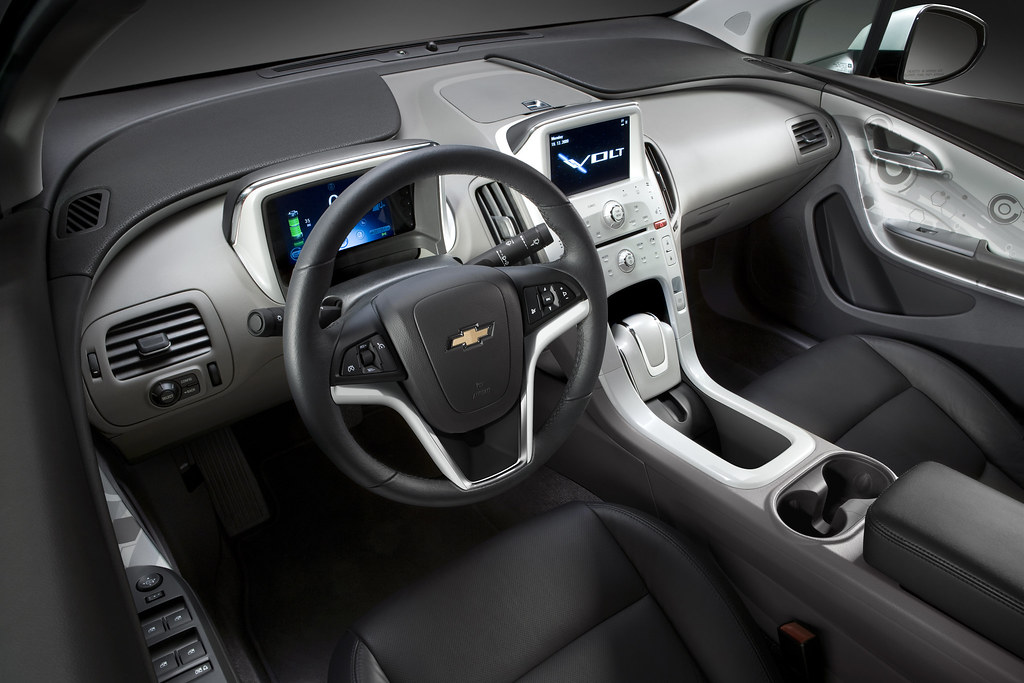
4. **Driver Clashes: The “Getting ICE’d” Phenomenon**
Among the various consumer complaints unearthed by Asensio’s extensive research, one particular gripe stood out as surprisingly common and intensely frustrating for EV drivers: “getting ICE’d.” Initially a mystery to the researchers, further investigation revealed that ICE stands for “internal combustion engine.” This term has been adopted by EV drivers to describe the infuriating experience of finding a parking spot specifically reserved for EV charging occupied by a gas-fueled car.
This seemingly minor issue is, in fact, a significant daily impediment for EV owners. Charging spots are not merely parking spaces; they are critical access points to the energy needed to power an electric vehicle. When these spots are blocked by non-EVs, it can lead to wasted time, missed charging opportunities, and considerable stress, especially for drivers already grappling with the aforementioned reliability and availability challenges. It forces EV drivers to either wait indefinitely, search for another—potentially distant—charging station, or even forgo charging altogether.
The phenomenon of “getting ICE’d” highlights a broader issue of etiquette and awareness within shared public spaces. While dedicated EV charging spots are clearly marked, drivers of gas-powered vehicles sometimes disregard these designations, either due to a lack of understanding of their importance to EV owners or a simple disregard for the rules. This friction between vehicle types underscores the growing pains of a transportation paradigm shift, where new infrastructure demands new social norms and respect for specialized facilities.
Beyond mere inconvenience, these driver clashes contribute to the overall “charge anxiety” experienced by EV owners. The uncertainty of whether a designated spot will be available, even if the charger itself is functional, adds another layer of unpredictability to the charging experience. Addressing this issue requires not only better enforcement and clearer signage but also public education campaigns to foster greater understanding and cooperation among all road users, ensuring that vital charging infrastructure is accessible to those who need it most.
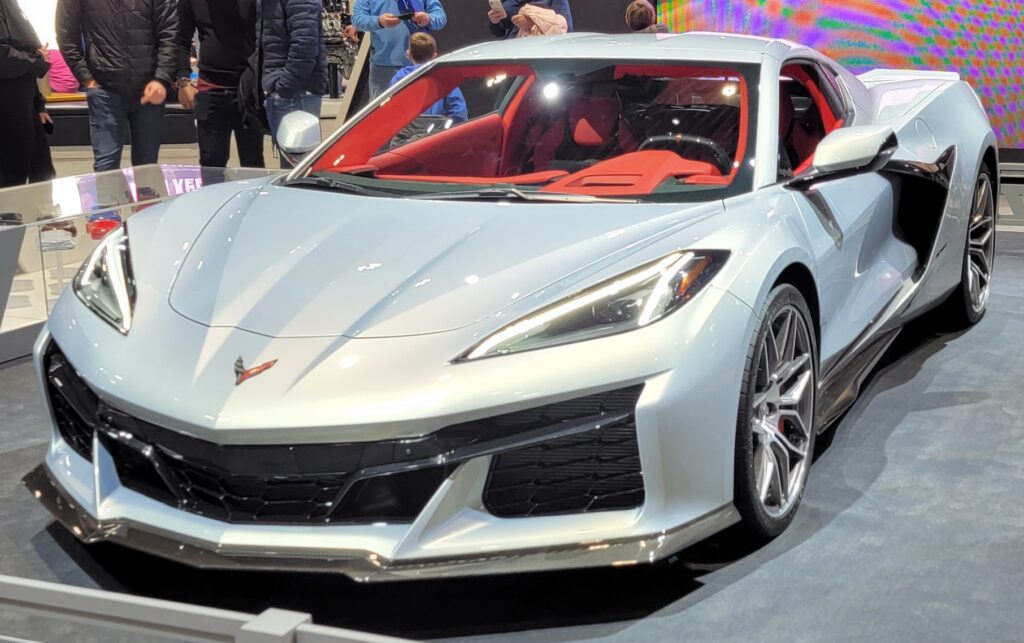
5. **Limited Grid Capacity Hinders EV Charging Network Growth**
The transition from gasoline-powered vehicles to electric ones represents a monumental shift not only in personal transportation but also in how millions of people will interact with and rely upon the existing electrical grid. This burgeoning demand for electricity, primarily for EV charging, presents a significant challenge: the imperative to rapidly increase grid capacity to prevent widespread outages and ensure a stable, reliable energy supply for the burgeoning EV fleet.
A white paper by Driivz, a company specializing in EV charging solutions, highlighted this as the “most significant challenge” for EV charging stations and their networks. The survey underpinning this paper revealed that over 90% of network operators believed that an insufficient energy supply would directly hinder their growth within the coming year. This underscores a critical bottleneck, as the foundational infrastructure—the electrical grid—struggles to keep pace with the swift acceleration of EV adoption.
Projections from a late 2024 U.S. Department of Transportation report illustrate the scale of this challenge, estimating that charging electric vehicles could increase the United States’ total electricity demand by a staggering 0.2% to 23% by 2050. While the report suggests this demand could be met if the nation’s utilities “shift to renewable sources,” the reality is that until such a monumental shift occurs, limited grid capacity in many areas across the U.S. will create a ripple effect. This could lead to drivers opting for internal combustion engine vehicles over EVs, fearing a lack of reliable charging facilities, which in turn could depress charging station profits as customer numbers stagnate.
The solutions, however, are multifaceted and require concerted effort from various stakeholders. EV charging networks and standalone stations can bolster their infrastructure by integrating battery storage systems, allowing them to store energy during off-peak hours when it is cheaper and more abundant, and then dispense it during periods of high demand or grid outages. Additionally, studies indicate that smart charging systems can dramatically decrease the burden on the grid, potentially by as much as 96% during peak demand hours. Integrating renewable energy sources like solar, wind, and hydropower directly into charging facilities can further supplement the grid and lessen its load.
Utilities themselves also have a crucial role to play. They can leverage distributed energy resources (DERs), including battery storage and renewable power, and even explore Vehicle-to-Grid (V2G) equipped EVs to help make up the deficit. Furthermore, substantial investment in upgrading substations, transformers, modernizing management software, and installing more efficient poles and wiring is essential to expand the grid’s capacity sustainably, ensuring it can support the demands of a fully electrified transportation future.
Read more about: 2025 Self-Parking Systems: An In-Depth Consumer Reports Analysis of Real-World Safety and Reliability

6. **Regulatory Roadblocks Stymie Charging Station Construction Permits**
While the technology for installing EV charging stations has become increasingly “fast and easy,” the administrative hurdle of obtaining approval from permitting authorities is anything but. The context highlights that gaining the necessary permits for new installations can frequently take over a year, creating significant regulatory roadblocks that directly contribute to the critical lack of charging infrastructure, particularly in densely populated urban areas where the need is often greatest.
This bureaucratic quagmire is exacerbated by the nascent stage of the EV charging industry. Unlike the entrenched gas station conglomerates, the EV charging sector currently lacks the political clout necessary to streamline complex regulatory processes. Larger cities, paradoxically, are often the most impacted, as they typically have more intricate codes and layered approval processes. Yet, as Inside EVs’ Suvrat Kothari rightly points out, it is precisely the residents of these congested cities who most urgently require an expanded EV charging network.
Evidence of this struggle is clearly visible in the alarming ratio of EVs to available chargers. In 2016, there were an estimated seven electric vehicles for every public charger; by mid-2024, that number had surged to 20 EVs per public charger. This widening gap underscores the urgency of addressing permitting delays. The ambitious National Electric Vehicle Infrastructure (NEVI) program, designed to establish 500,000 public chargers, exemplifies these challenges. As of June 2024, only eight working stations had opened, with a “complex web of local regulations” stymying construction, as NEVI approval was contingent on obtaining these often-elusive construction permits.
The solution, as Kothari advises, lies with state and local governments: they would be wise to streamline the permitting process for the rapidly growing EV industry. Such measures would not only accelerate the deployment of much-needed charging infrastructure but also yield tangible economic benefits through increased tax revenues from charging sales. Simplifying these regulatory frameworks is not merely an administrative tweak; it is a critical step towards realizing the full potential of electric mobility and ensuring that essential infrastructure can be deployed at the speed required to meet escalating demand.
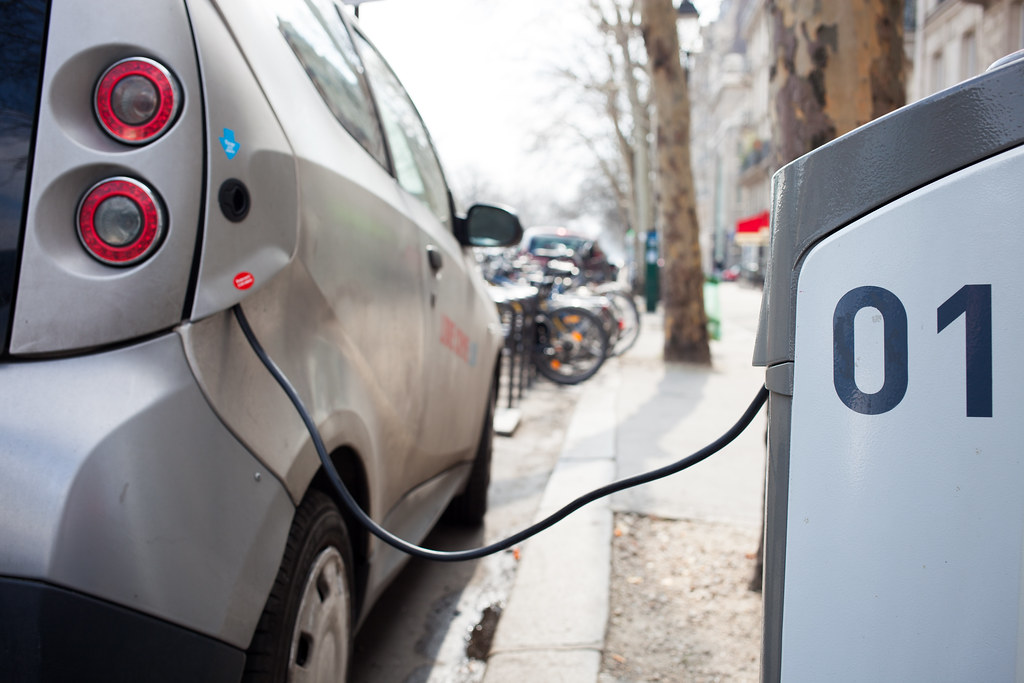
7. **High Installation Costs for EV Charging Stations**
Another significant financial hurdle hindering the rapid expansion of EV charging infrastructure is the substantial cost associated with installing public charging hardware. These expenses can be daunting, with components alone ranging from approximately $2,200 per port for standard Level 2 chargers to a staggering $351,429 per port for high-powered DC fast chargers. These figures do not even include the additional costs of installation, navigating complex permitting processes, or establishing connections with local utilities, which can effectively double the per-port cost.
Such considerable upfront investments naturally present a barrier for potential charging station operators and businesses looking to enter the market. However, the context outlines several innovative strategies that have allowed various entities to recoup these costs and establish successful charging operations. Power companies and other businesses, including parking lots, garages, restaurants, hotels, shopping centers, and multi-family housing complexes, frequently absorb the cost of charging station construction as a strategic investment.
The rationale behind this is clear: offering EV charging serves as a powerful magnet for attracting new customers. The increased foot traffic and customer loyalty generated by catering to EV users can, in turn, generate revenue that more than offsets the initial installation expenses. This demonstrates a shift in thinking, where charging becomes an amenity and a value-add rather than solely a direct revenue stream.
Automakers, too, are making massive private capital investments in charging infrastructure to drive interest and support for their EV lines. Tesla’s Supercharger network and Volkswagen’s Electrify America program stand as prime examples, with each company investing approximately $2 billion into their respective networks. These strategic investments ensure that when consumers consider purchasing an EV, these brands are top-of-mind, providing the crucial assurance that charging will be accessible and reliable, even beyond dealership networks. Standalone EV charging stations, not affiliated with other businesses, can also supplement their income by offering paid amenities such as restaurants, travel stores, or showers, thereby attracting drivers and supporting the financial viability of their charging operations through diversified revenue streams.
Read more about: 2025 Self-Parking Systems: An In-Depth Consumer Reports Analysis of Real-World Safety and Reliability
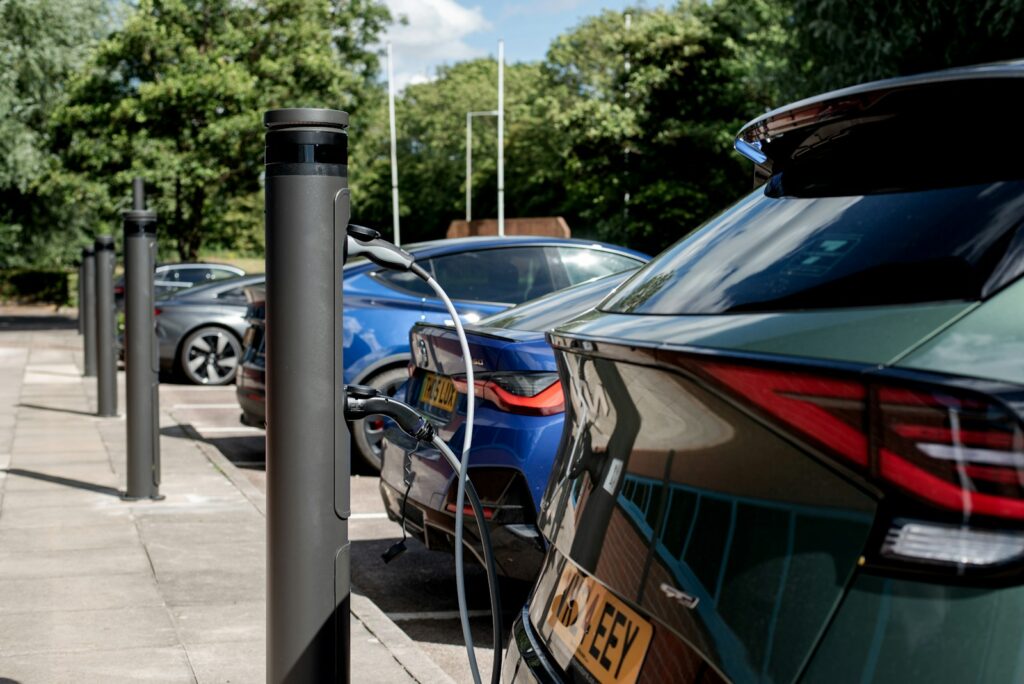
8. **EVs’ High Purchase Cost Still Hinders Adoption**
The burgeoning EV revolution, while promising a cleaner future, faces a significant roadblock at its entry point: the initial purchase price. While long-term economic benefits often outweigh those of an internal combustion engine (ICE) car, the upfront cost remains a formidable barrier for many prospective buyers. This fundamental price disparity, primarily driven by expensive raw materials and complex manufacturing in high-capacity EV batteries, casts a long shadow over adoption rates.
Car and Driver’s 2025 analysis vividly illustrates this reality. The Nissan Leaf, positioned as one of the most affordable EVs on the market, retails for $29,635, offering a modest 149–212 mile range. In stark contrast, its gas-powered counterpart, the Nissan Versa, starts at just $18,385, with a combined fuel economy of 30–35 MPG. This difference of over $10,000 at the point of sale is a substantial hurdle, making it difficult for many to justify the switch, regardless of potential savings on fuel and maintenance down the line.
The core of this cost challenge lies squarely with current battery technology. For EVs to deliver the minimum range expected by most drivers, their batteries must be substantial, necessitating a considerable investment in expensive raw materials. Until groundbreaking advancements like solid-state batteries and other emerging technologies, promising lower manufacturing costs, become mainstream, the EV industry will likely experience a more gradual ascent in sales. The initial investment for an EV remains a key inhibitor.
However, carmakers are acutely aware of this pain point and are actively seeking solutions. Elon Musk, a key figure in both EV manufacturing and charging, recently engaged with current and prospective Tesla owners, directly asking about difficulties in purchasing his vehicles. A resounding number of responses pointed to the purchase cost. This direct feedback has sparked ideas, such as one respondent’s recommendation for a “50% grant program,” highlighting potential financial partnerships between EV charging companies and automakers to ease the burden until battery costs naturally decrease.

9. **Persistent Myths Still Misinform Prospective EV Drivers**
Beyond the tangible issues of cost and infrastructure, the EV revolution is also battling an invisible enemy: persistent myths and misinformation that continue to shape public perception. These misconceptions create unnecessary anxiety and hesitation among potential EV owners, directly impacting the growth of the charging business, which inherently relies on an expanding customer base. Until these falsehoods are systematically addressed, the path to widespread EV adoption will remain fraught with unnecessary resistance.
A key source of this misinformation, as an Autoweek post highlighted, stems from concerns about high EV purchase prices (already discussed), battery repair costs, pervasive range anxiety over long distances, worries about fire hazards, and the perceived lack of convenient charging stations. While some of these concerns once held a kernel of truth in the early days of EVs, rapid technological advancements and infrastructure development have largely rendered them outdated. Yet, these narratives stubbornly persist in the public consciousness, hindering a fair evaluation of electric mobility.
The reality, when fact-checked, paints a far more optimistic picture. For instance, the operational range of EVs has more than tripled between 2014 and 2025, largely diminishing most instances of genuine range anxiety for daily commutes. Concurrently, both EV vehicle and battery prices have seen a decline over the past three years. Furthermore, robust data indicates that EV batteries are significantly less susceptible to fires than their ICE-powered counterparts, a crucial safety reassurance that often goes unheard amidst the sensationalism.
Crucially, the sheer number of EV charging facilities across the U.S. has grown exponentially, improving convenience. The advent of the North American Charging Standard (NACS) also promises a more seamless and convenient charging experience, irrespective of the car brand, fostering greater interoperability. The onus is now on the EV industry—both manufacturers and charging providers—to actively combat these myths. This requires a proactive, data-driven communication strategy, disseminating factual information online and in person, especially targeting demographics most likely to consider an EV purchase, then expanding outward to broader market segments.
Read more about: Debunking 9 Electric Car Charging Myths That Could Cost You Thousands: Experts Set the Record Straight for Savvy EV Drivers
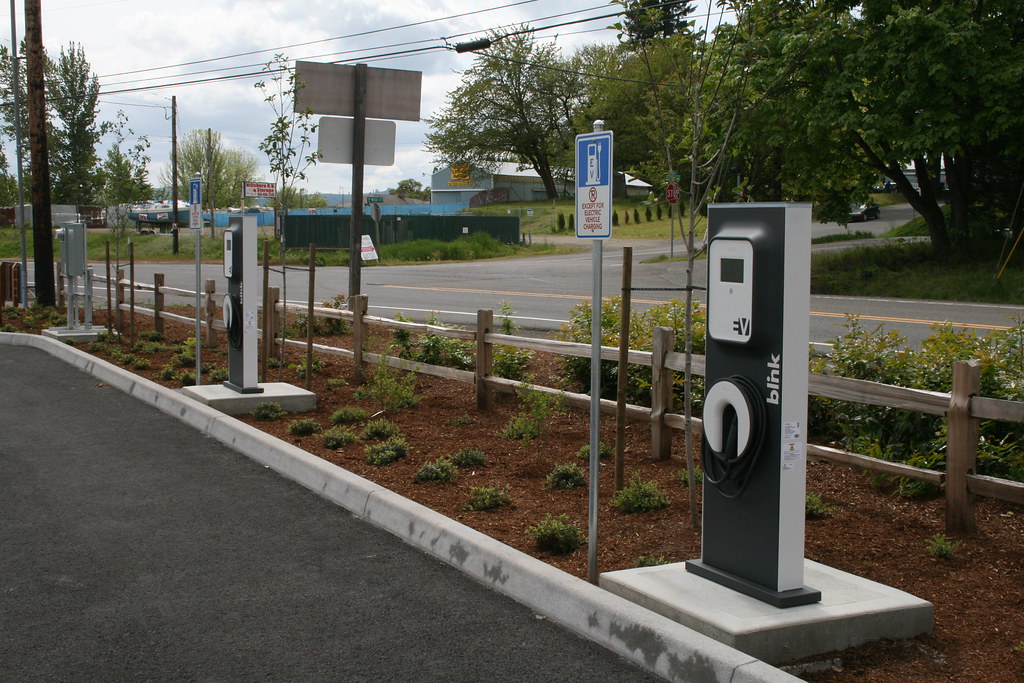
10. **The Conundrum of Urban Charging: Lack of Public Access in Cities**
While the narrative around “charging deserts” often focuses on rural, underserved communities, a distinct and equally pressing challenge exists within densely populated urban centers: the acute lack of accessible public charging infrastructure. This issue, highlighted by the World Economic Forum, is a critical barrier to EV adoption for millions who lack access to private off-street parking, making home charging—the most convenient option—an impossibility. The rapid surge in global EV sales, with 14 million sold in 2023, underscores the urgency of addressing this urban conundrum.
The problem is particularly pronounced in places like the U.S. and the European Union, where only 48% of residents have access to off-street parking suitable for charger installation. This means a significant majority of urban dwellers, often living in apartments or multi-family housing, are entirely reliant on public charging. However, city governments grapple with high building density, limited grid capacity, and insufficient resources, making the rapid deployment and maintenance of extensive public networks a complex, multi-faceted challenge. Traditional charging solutions, which typically connect to utility infrastructure in roads, often involve lengthy 12-to-18-month permitting and construction processes, further slowing progress.
Enter innovative solutions, such as the EV charging start-up It’s Electric, co-founded by Tiya Gordon. This company is pioneering a novel approach: building a network of kerbside EV chargers powered directly from buildings, rather than the overburdened public utility grid. By partnering with suitable property owners, securing revocable consent permits, and utilizing a building’s spare electrical supply, It’s Electric bypasses many of the traditional delays and costs. This model not only simplifies the deployment process but also offers building owners a passive income without any upfront cost, creating a true public-private partnership.
Gordon envisions these chargers becoming as ubiquitous and invisible as fire hydrants, essential yet seamlessly integrated into the urban landscape. This requires a fundamental “mindset shift” – from viewing EV charging as a trip to a gas station to understanding it as simply “plugging in your phone at night.” By making charging effortless and readily available anywhere there’s a socket, the industry can overcome reservations and foster the behavior change needed for mass EV adoption. Streamlined urban permitting is paramount to electrifying urban fleets, capable of reducing mobility CO2 emissions by over 70% by 2050.
Read more about: Comparing 2025 Small and Compact EVs: A Data-Driven Guide to Real-World Range and Value for Savvy Consumers

11. **Cable Theft: A Growing Threat to Charging Reliability**
As if the existing frustrations of unreliable chargers and opaque pricing weren’t enough, EV drivers now face an emerging and deeply unsettling threat: cable theft. This audacious form of vandalism, driven by the scrap value of copper, is turning public charging stations into easy targets, leaving drivers stranded and severely undermining the perceived reliability of the entire charging ecosystem. What was once a concern about finding a working charger has evolved into a worry about finding a charger with a cable attached at all.
The scale of the problem is alarming. Electrify America, one of the major charging networks, reported losing over 130 cables to theft in early 2024 alone. While the stolen copper might fetch a mere $50 for the vandals, the cost to repair or replace these high-tech cables runs into the thousands for charging providers, imposing a significant financial burden. This issue is particularly prevalent at urban stations, where accessibility makes them vulnerable, complicating the existing “charge anxiety” for drivers.
The industry is not sitting idly by. Innovators are actively scrambling for robust solutions to combat this growing menace. Tesla, for example, is reportedly testing anti-theft cables at its Seattle Supercharger stations. These experimental cables are encased in tough stainless steel mesh, and if tampered with, are designed to release a blue dye, marking the thieves and potentially aiding in their apprehension. Other networks, including ChargePoint, are also exploring and adopting similar theft-resistant designs, recognizing the critical need to safeguard this vital infrastructure.
Beyond technological fixes, addressing cable theft also requires a multi-pronged approach involving improved station security, better lighting, surveillance, and potentially collaboration with local law enforcement. Public awareness campaigns could also play a role in discouraging such acts and highlighting their detrimental impact on sustainable transportation. Until these measures are widely implemented and effective, cable theft will continue to be a frustrating and costly hurdle, further complicating the journey towards seamless EV charging and eroding consumer trust in public charging networks.

12. **Federal Policy Rollbacks Cloud the Future of Charging Networks**
The ambitious vision for a robust nationwide EV charging network, critical for supporting burgeoning adoption rates and achieving emissions targets, is now navigating a complex political landscape. In early 2025, a significant policy shift saw the Trump administration put federal EV charger funding on hold, directly derailing efforts to establish 500,000 public chargers by 2030. This decision has led to the removal or deactivation of chargers at federal sites, raising profound questions about the government’s role in infrastructure development and public access.
The rationale behind such rollbacks, often articulated by opponents, is that federal funding constitutes “wasteful spending,” asserting that the private sector—companies like Tesla, EVgo, and bp—is fully capable of handling the nation’s charging needs. This perspective fuels a contentious debate: should public funds be used to kickstart and subsidize infrastructure, or should market forces alone dictate its expansion? The immediate impact, however, is clear: the Biden administration’s $7.5 billion infrastructure plan, which aimed for a substantial charging build-out, had only resulted in 38 public fast chargers by late 2024, a stark underperformance exacerbated by these policy reversals and existing regulatory hurdles.
The implications of this political tug-of-war are far-reaching. While private networks like Tesla’s Supercharger system are indeed robust in many areas, their primary motivation is profit, meaning they naturally prioritize high-traffic, economically viable locations. This commercial calculus could inadvertently leave vast stretches of rural America and lower-income communities underserved, creating “charging deserts” that further exacerbate equity issues and slow broader EV adoption. The absence of federal incentives or mandates risks creating a bifurcated charging landscape, where access is determined by geography and affluence rather than universal need.
The fundamental question remains: can private investment alone adequately fill this burgeoning gap and deliver equitable, widespread charging infrastructure at the pace required? The experience thus far suggests a mixed answer. While private enterprise is crucial, strategic public investment and supportive policy frameworks are often necessary to de-risk investments in less profitable areas and ensure a truly comprehensive network. Without a consistent and cohesive national strategy, the EV charging revolution risks becoming an uneven and fragmented patchwork, struggling to keep pace with demand and potentially undermining the nation’s climate goals.
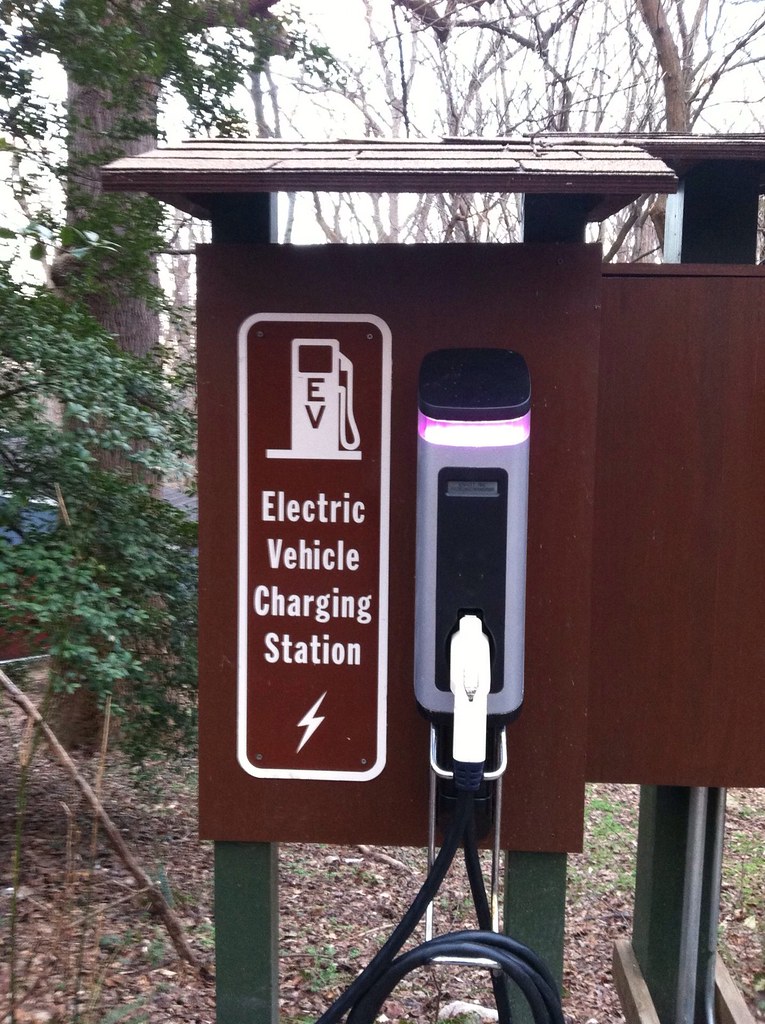
13. **Charging Congestion and Satisfaction: A Mixed Picture**
As EV adoption continues its impressive climb, the practical realities of daily charging are increasingly coming into sharp focus. While overall public charging satisfaction has seen a slight uptick, issues like availability, wait times, and inconsistent reliability remain stubborn pain points, underscoring that the dream of effortless EV ownership is still some distance away. The sheer volume of new EVs hitting the roads is creating unprecedented demand, leading to congestion at popular charging hubs, a challenge that requires both innovative solutions and continuous expansion.
Tesla, always at the forefront of the EV experience, introduced its Supercharger Queue System in late 2024 to manage wait times at busy locations. This digital lineup system, akin to a virtual deli counter, aims to organize arrivals, reduce idle cars blocking stalls, and provide a more orderly experience. While an ingenious operational fix, early feedback suggests it’s more of a band-aid than a cure. The underlying problem persists: an imbalance between a rapidly tripling U.S. EV market since 2021 and a lagging expansion of charging infrastructure. As Tesla opens its vaunted network to non-Tesla EVs, the worry among existing users is that wait times will inevitably climb further.
The J.D. Power 2024 EVX Public Charging Study offers a nuanced perspective on this evolving landscape. While DC fast charger satisfaction increased by 10 points to 664 out of 1,000, and Tesla Superchargers continue to lead with a score of 743, even these top performers are feeling the strain of growing demand. Broken chargers, extended wait times, and the aforementioned inconsistent pricing models are frequently cited issues, contributing to “charge anxiety” and lingering “range anxiety” for many new EV buyers. This indicates that while the technology exists for faster, smarter charging, widespread deployment and consistent user experience are still catching up.
Looking ahead, the industry is not static. Exciting advancements promise to alleviate these pressures. Tesla is reportedly set to roll out 500kW Superchargers by late 2025, which would dramatically cut charge times. Beyond that, companies are actively exploring wireless charging and ultra-fast 800V systems, offering tantalizing glimpses of a future where charging is indeed as quick and convenient as filling a gas tank. However, until these cutting-edge solutions are widely implemented and integrated into a truly comprehensive and reliable network, achieving mainstream EV adoption without friction will remain an an ongoing, uphill battle. The journey towards an electrified future is accelerating, but the infrastructure must not be left behind.
The road ahead for the EV revolution, while undeniably promising, is paved with both remarkable progress and significant challenges. The insights from millions of drivers, coupled with the systemic infrastructure hurdles, paint a clear picture: the future of electric mobility hinges not just on innovative vehicles, but on a robust, reliable, accessible, and intelligently managed charging ecosystem. Overcoming these multifaceted obstacles—from affordability and misinformation to urban access and policy consistency—demands a collaborative, visionary effort from every stakeholder. Only then can we truly accelerate towards a future where “charge anxiety” is a distant memory, and the silent, clean hum of electric vehicles becomes the universally accepted sound of transportation.



